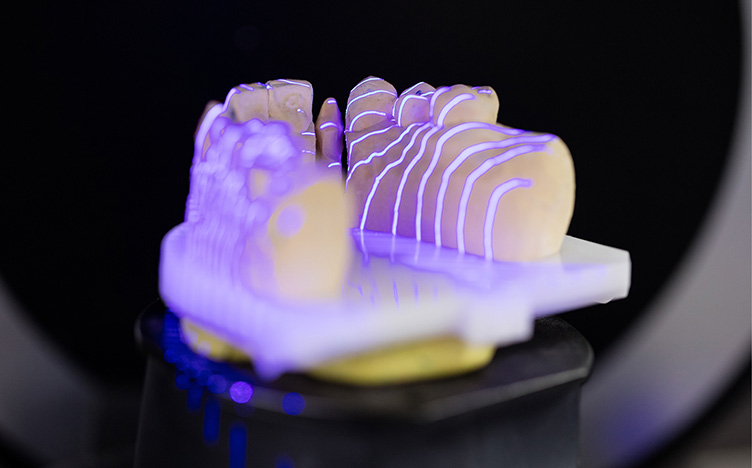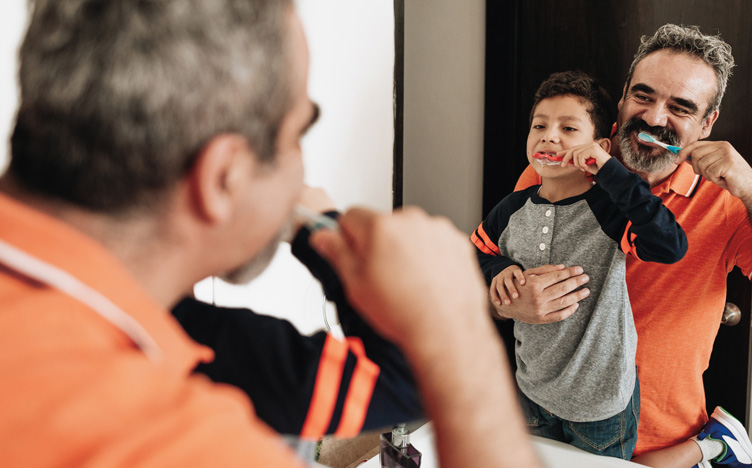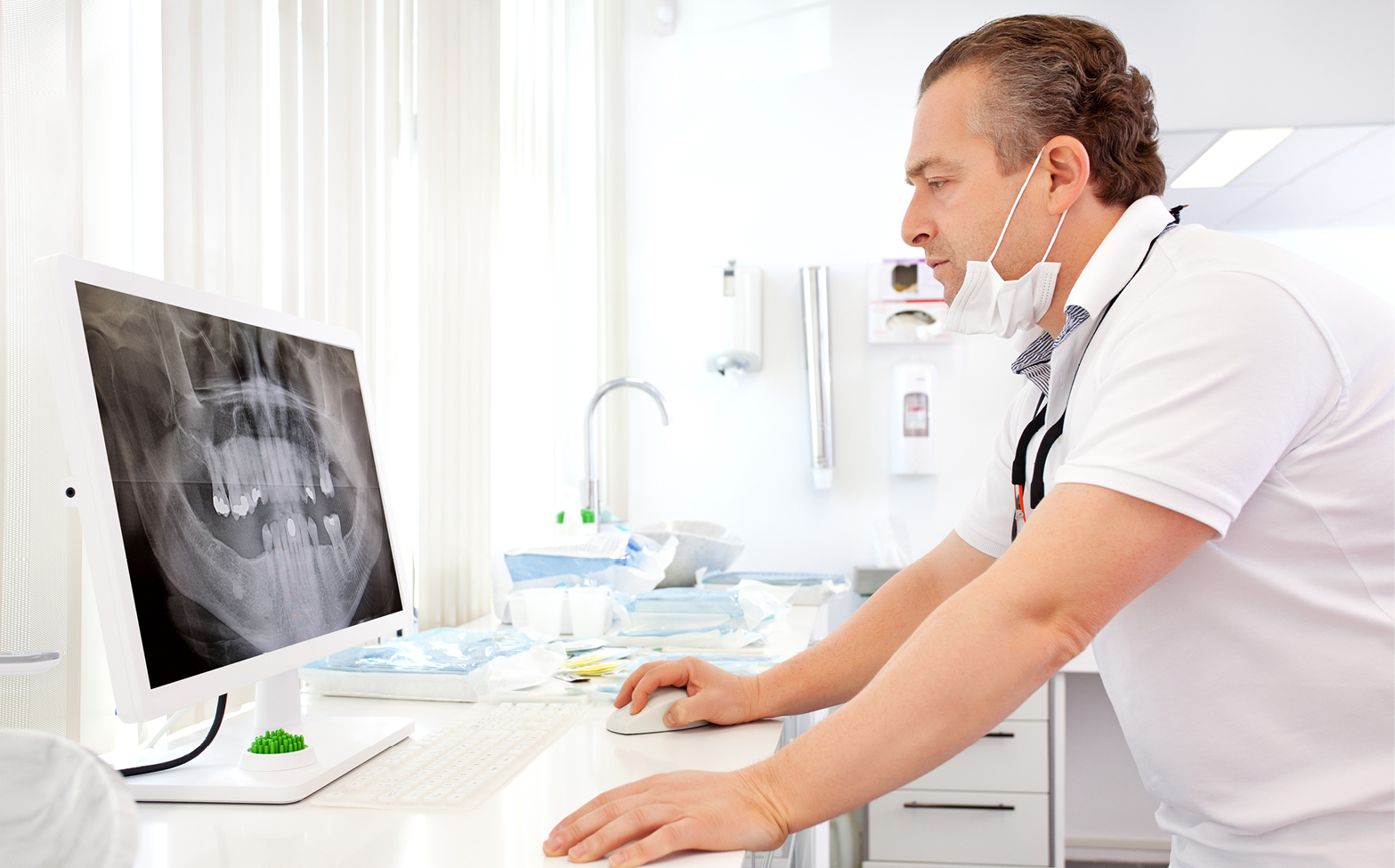As dentists adapt to social distancing and enhanced safety measures, they may now use teledentistry to examine and counsel patients. The American Dental Association Health Policy Institute indicated that more than 25% of dentists are using some form of virtual, limited evaluation of patients in a COVID-19 economic tracking poll.
With a videoconferencing software, a computer and imaging tools, the dentist can diagnose conditions and determine patient needs for in-home care or office visits.
How does a teledentistry visit work? Let’s take a look at how your dentist conducts a session, and what you’ll need to do to communicate your concerns and receive proper care.











